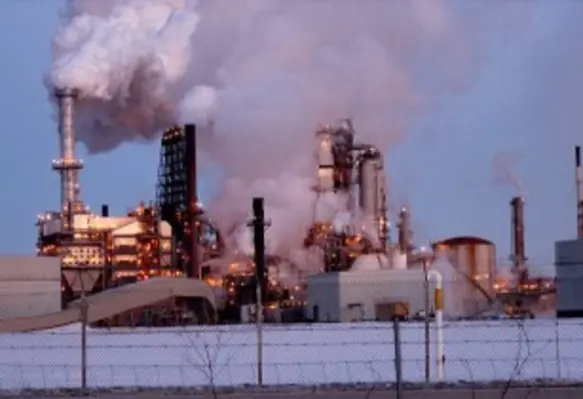Global natural gas consumption rose by 3.3 per cent to reach a new peak of 3640 bcm in 2017, said CEDIGAZ, the International Association for Natural Gas, in its “First Estimates 2017”
Both macroeconomic and policy factors contributed to this bullish trend. Considering the average growth of 1.5 per cent per year of the five previous years, the 2017 performance looks impressive, said CEDIGAZ.
The biggest story of the gas markets in 2017 was the huge growth in Chinese demand. This achievement mainly resulted from the ongoing intensification of environmental policy, enhancing coal-to-gas switching.
The Middle East and Africa both also posted strong increases, at 4.8 per cent and 6.7 per cent respectively, aided by improving infrastructure, incremental CCGT generating capacity and availability of gas. In Europe (Turkey included), natural gas consumption was up 4.8 per cent, helped by both the competitiveness of gas relative to coal and the weakness in nuclear and hydro energy.
In 2017, international gas trade (net of LNG re-exports) pursued its acceleration, surging 9.1 per cent to reach a new record of 1204 bcm, a reflection of growing import needs in Europe. This result represents the strongest ever recorded volumetric growth.
Like the two previous years, the buoyant expansion of international natural gas trade was propelled by both pipeline trade (+ 8.5 per cent) and LNG flows (+ 10.5 per cent). The international pipeline trade was mainly driven by Europe’s growing import needs, as regional production lagged behind growing demand. Most of the increase in European gas imports were covered by pipeline gas imports from Russia (+ 11 per cent) and Norway (+ 11 per cent), which reached new highs in 2017.
The year 2017 was marked by the strongest growth in LNG supply since 2010. As Australian LNG production ramped up, the expansion wave of LNG supply was further boosted by the US. While the Pacific basin remained the largest source of LNG supplies, further widening the gap with the Middle East, the Atlantic basin increased its market share on the global LNG market.
“Rising demand in Asia (China) and, to a lesser extent, Southern Europe, absorbed much of the incremental supply. During 2017, the US has become a net natural gas exporter for the first time since 1957. On the import side, China overtook the US to become the world’s third largest natural gas importer after Germany and Japan,” noted CEDIGAZ.









